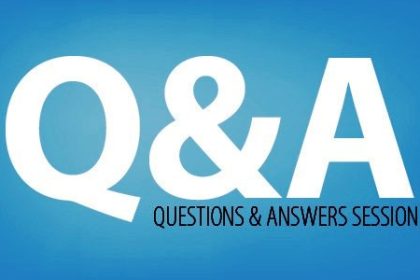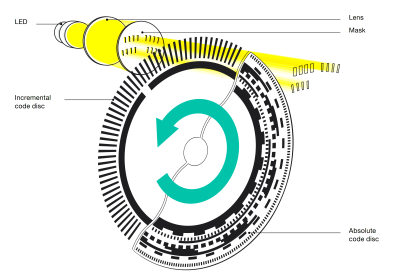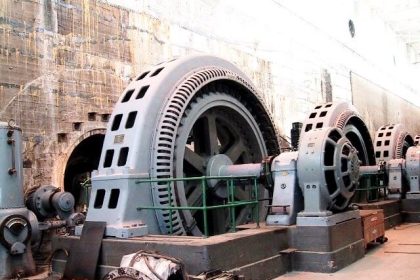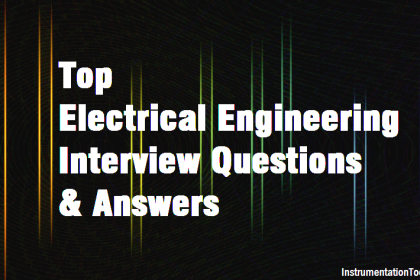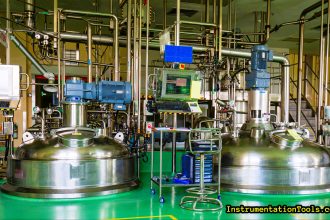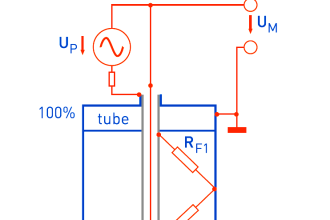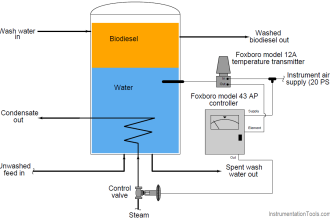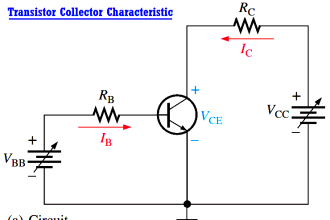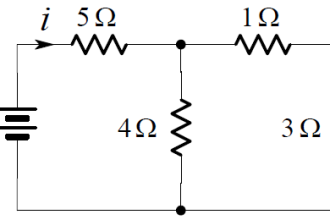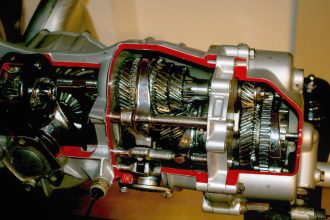[1] What are the two types of SRM?
(i) Rotary SRM
(ii) Linear SRM
[2] what are the types of rotor position sensors in SRM?
(i) Optical sensor
(ii) Hall sensor
[3] Mention some disadvantages of electromechanical sensors
- The position sensors have a tendency to be unreliable because of environmental factors such as dust, high temperature, humidity and vibration
- The cost of the sensors rises with the position resolution. Hence, if high-performance control is required, and expensive high-resolution encoder needs to be employed
- There is an additional manufacturing expense and inconvenience due to the sensor installation on the motor shaft. In addition, consideration must be given to maintenance of the motor because of the mechanical mounting of the sensors, which also adds to the design time and cost.
- Mechanical position sensors entail extra electrical connections to the motor. This increases the quantity of electrical wiring between the motor and the motor drive. This wire normally needs to be shielded from electromagnetic noise and thus further adds to the expense of the drive system.
- The allocation of space for the mounting of the position sensor may be a problem for small applications
- Eliminates the hunting and stability problems
- It does not require commutation circuits
[5] What is self-control mode of synchronous motors?
In self-control mode, the stator supply frequency is changed in proportion to the rotor speed so that the rotating field produced by the stator always moves at the same speed as the rotor
[6] What is constant margin angle control of synchronous motor drive?
In self-control synchronous motor drive, the load side converter is operated as an inverter and maximizes motor power factor. This control is called constant margin angle control.
[7] Why a synchronous motor without damper winding is used, in the drive system employing a cycloconverter?
A synchronous motor without damper winding is used because the damper winding reduces the inductance of the machine, and therefore, its ability to filter out harmonics in the output voltage of cycloconverter. Since the drive operates in self-control mode, the damper winding is not needed for its conversion purpose.
[8] What is brushless DC motor?
An inverter fed trapezoidal permanent magnet AC motor drive operating in self control mode is called as brushless dc motor.
[9] Why the load commutated inverter fed synchronous motor drive found suitable for high-speed and high power applications?
The load commutated inverter fed synchronous motor drive used for high-speed and high power applications because it has high-efficiency and four quadradent operation with regenerative breaking.
[10] Give the advantages of using cycloconverter for synchronous motor speed control
- Smooth low-speed operations
- Four quadrant operation with regenerative braking
- Good dynamic response
[11] Define four quadrant operation?
A motor operate in two modes namely motoring and braking.
In motoring, it converts electrical energy into mechanical energy, which support its motion.
In braking it works as a generator converting mathematical energy into electrical energy and thus, opposes the motion. Motor can be provided motoring and braking operations for both forward and reverse directions.
[12] What are the types of braking?
- Regenerative`braking
- Dynamic braking
- Plugging
[13] Define braking. What are the different types of braking in dc motor?
In braking, the motor works as a generator developing a negative torque which opposes the motion.
Types of braking are
Regenerative braking
Dynamic OR Rheostat braking and
Plugging or Reverse voltage braking.
[14] What are the disadvantages of armature resistance control?
In armature resistance control, speed is varied by wasting power in external resistors that are connected in series with armature.Since it is an inefficient method of speed control, it was used in intermittent load applications where the duration of low-speed operation forms only a small proportion of total running time.


